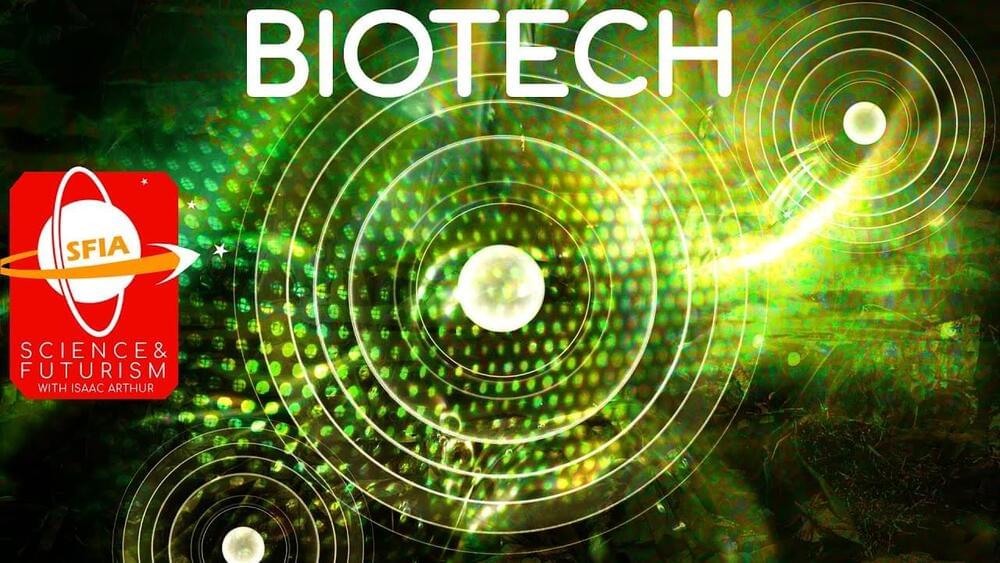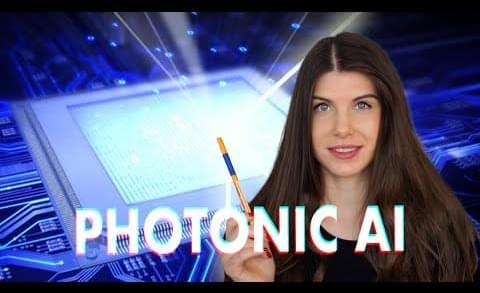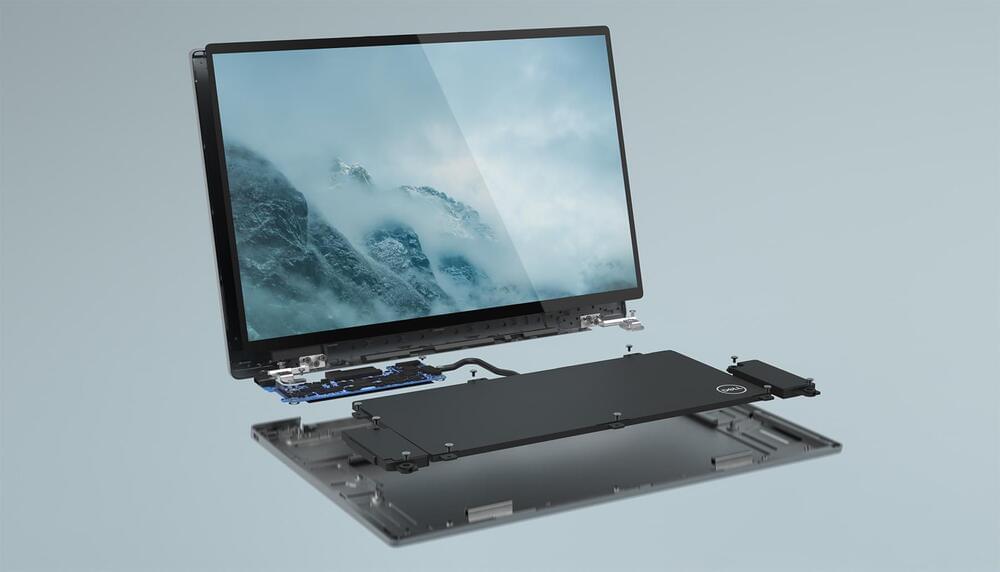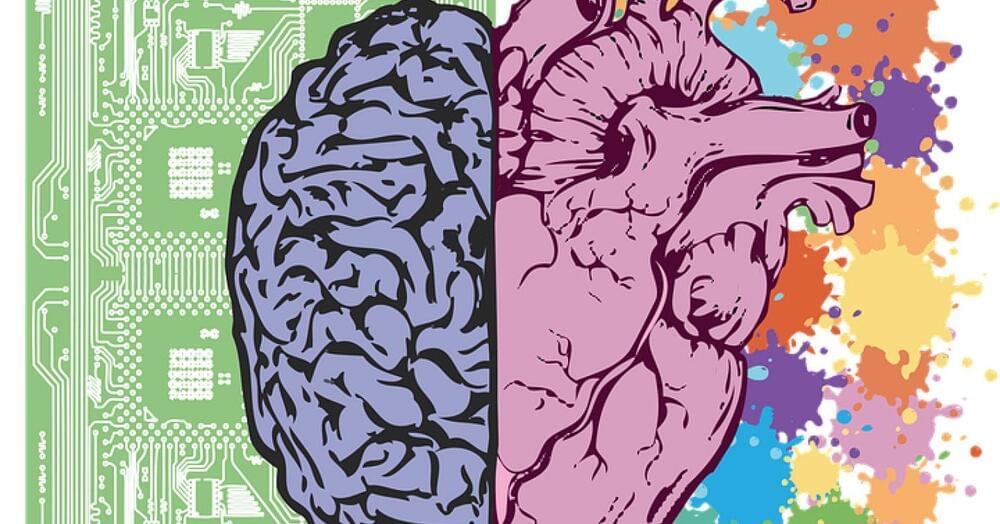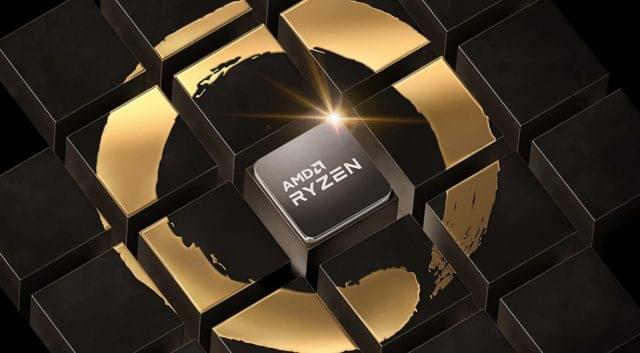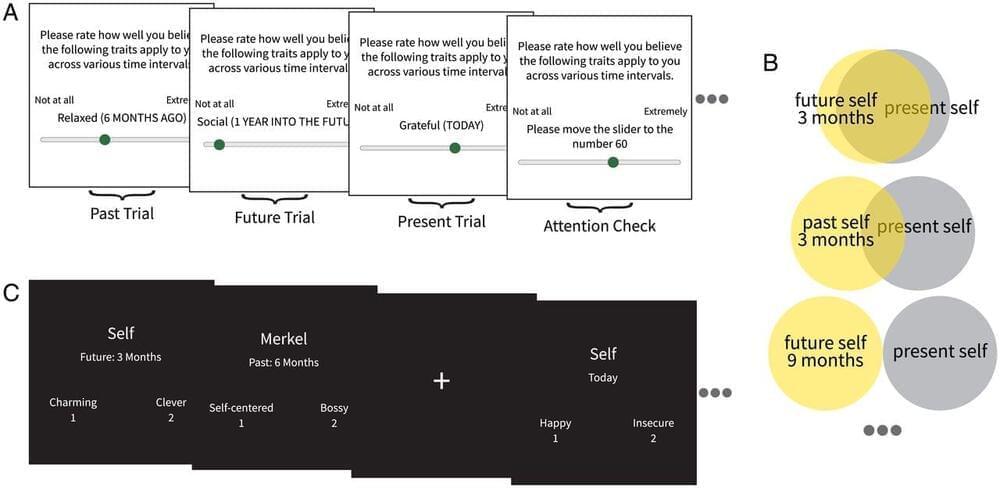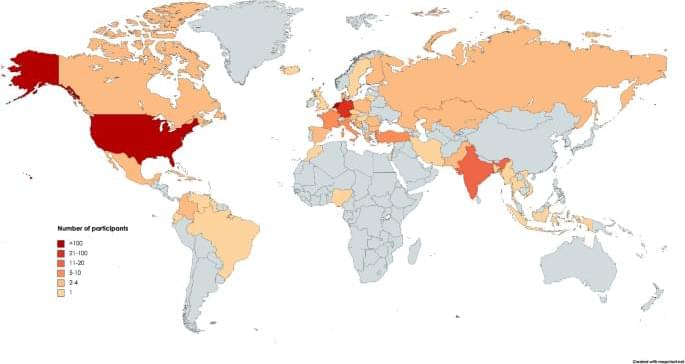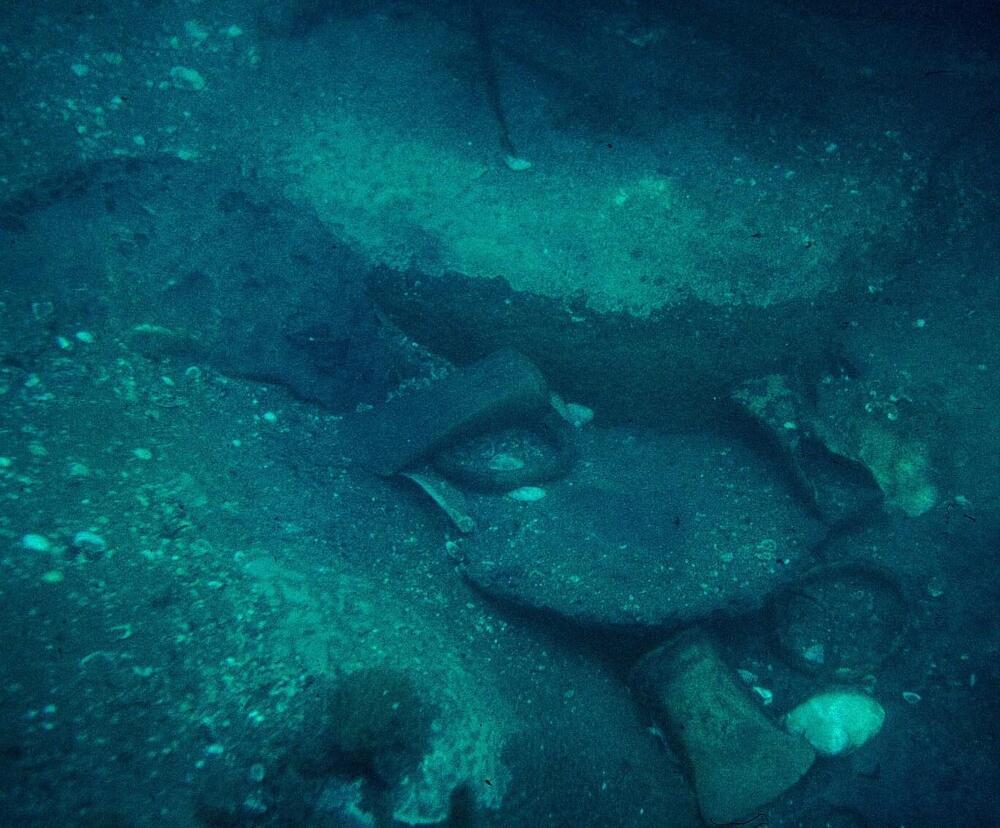Dec 15, 2021
Biotech: Human Modification and Augmentation
Posted by Dan Breeden in categories: biotech/medical, futurism
Start listening with a 30-day Audible trial and your first audiobook is free. Visit.
http://www.audible.com/isaac or text “isaac” to 500–500.
In the future Biotechnology may allows us repair, modify, or augment humans, but how will this be done? What will these technologies look like and should we embrace them?
Visit our Website: http://www.isaacarthur.net.
Support us on Patreon: https://www.patreon.com/IsaacArthur.
Facebook Group: https://www.facebook.com/groups/1583992725237264/
Reddit: https://www.reddit.com/r/IsaacArthur/
Twitter: https://twitter.com/Isaac_A_Arthur on Twitter and RT our future content.
SFIA Discord Server: https://discord.gg/53GAShE
Continue reading “Biotech: Human Modification and Augmentation” »
